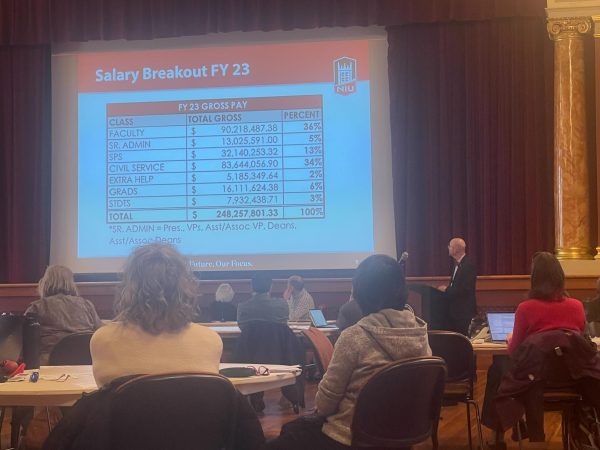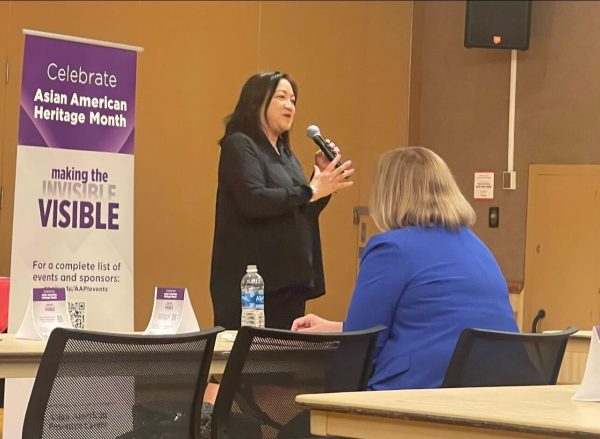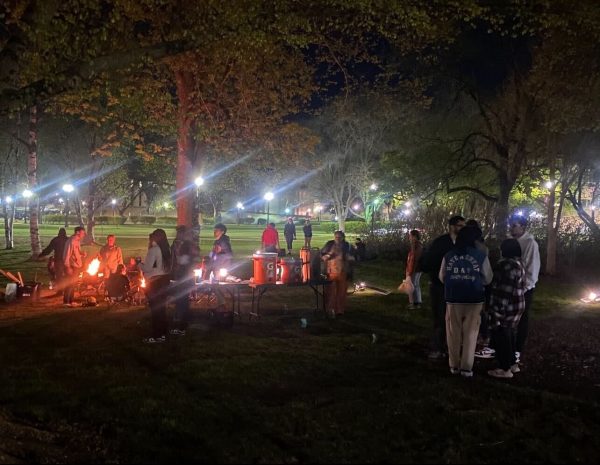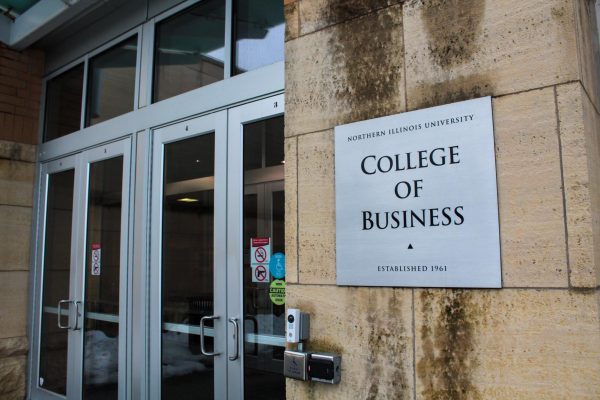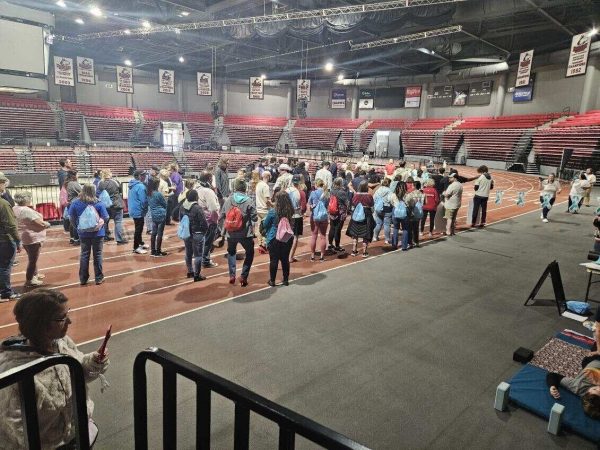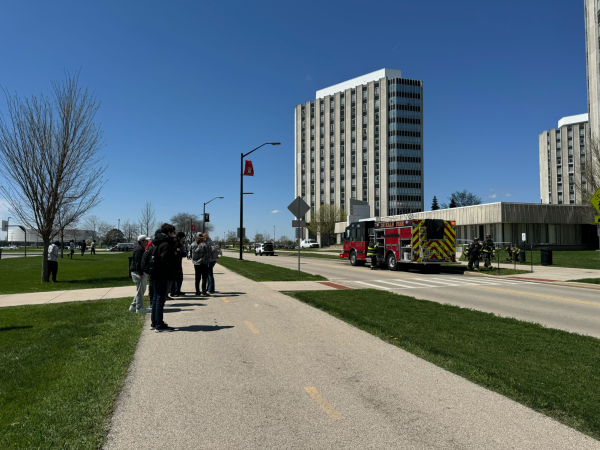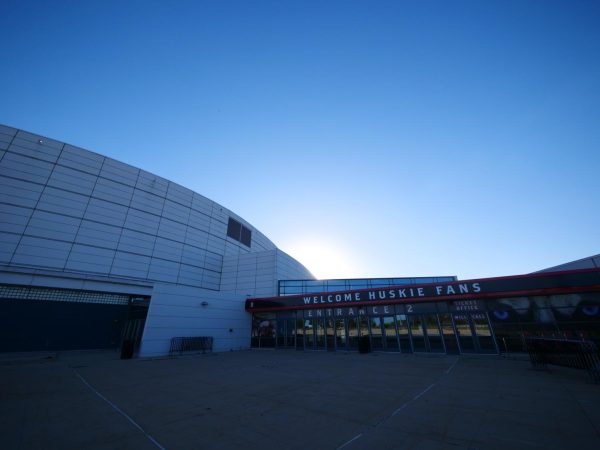Temporary lights stay up
November 21, 2002
There are no immediate plans to replace the temporary traffic lights at the intersection of Annie Glidden Road and Stadium Drive.
The delay is caused by the Campus Mall Extension project, which will consist of extended bike and walking paths from the King Memorial Commons, as well as other improvements. The delay is because of a lack of funding.
“There is a plan that Northern has of potentially closing that street and putting in a residential quarter,” said DeKalb Public Works director, Ralph Tompkins
Tompkins said the lights, which went up in summer 2001, aren’t meant to be used for more than a couple of years, but permanent lights won’t be installed if the area is going to be turned into a residential area.
Bob Albanese, associate vice president of Finance and Facilities, said NIU has plans to establish a walking path to connect the Holmes Student Center and MLK Commons to the rest of the campus.
Albanese said the plan calls for the sidewalk upgrading to make them handicap accessible, re-doing bridges, and creating bike-loops.
The traffic lights at the intersection of Annie Glidden Road and Stadium Drive will remain temporary until the walking path is developed.
Albanese wants the Campus Mall Extension project to eliminate some automobile congestion around campus to improve students’ safety when crossing streets.
“The problem on campus is too much vehicle traffic,” he said.
NIU wants to extend the Martin Luther King mall all the way to Annie Glidden Road, Albanese said.
“We want to keep extending [the MLK Commons] through the academic area,” he said.
Albanese hopes the project will increase students’ safety between Lincoln Highway and Lucinda Avenue, he said.
“That street is one of the most dangerous ones,” he added. “And we’d like to close it down.”
Tompkins said putting in permanent traffic lights depends on the cooperation of NIU and DeKalb, but neither has the funding.
The Campus Mall Extension Project will not be carried out in the near future, and depends on the cost of landscaping and state-appropriated money.
“[The project is] a couple of years away, at the minimum,” Albanese said. “Probably, realistically, in the next three to four years.”




